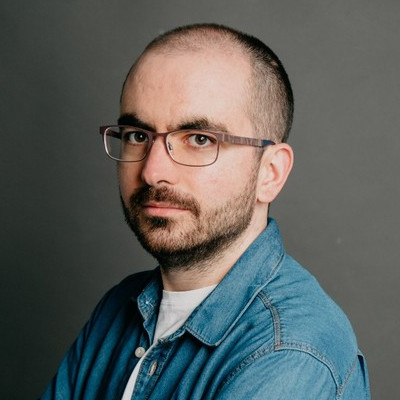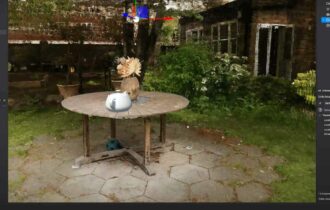
Digital twins: what they are and how they help your company
Digital twins are one of the most attractive technologies for companies to test new products and services. They can also be used to generate digital copies that serve as preservation for natural elements, as Evergine demonstrated with the cathedral of León, an example of which we will talk about later.
Digital twins: what they are
A digital twin is a virtual and detailed replica of a physical object, from the part of an engine or an electronic device to a projected building or one that has already been built. With this replica, the aim is to check the functioning of the actual object and make decisions based on it; for this purpose, other technologies are used, such as artificial intelligence, big data, or machine learning.
Digital twins are fascinating for large or difficult-to-execute physical projects as they speed up testing.
Advantages of digital twins
- Detect potential problems of physical products and solve them earlier. Therefore, they have a great job of prediction and monitoring.
- Predicting situations in the physical environment. For example, the maintenance of a residential building in a given domain and the face of phenomena such as rain, snow, sun…
- To have more satisfied companies and customers by having more personalized and efficient products.
- Check whether a production or supply chain can be streamlined.
Thanks to their contribution to complex projects, digital twins are exciting for the construction, aeronautics, and engineering sectors. The energy sector, interested in technological innovations, can also use them to test how wind turbines work or the best places to place them.
Digital twins and NeRF
Digital twins can be supported by the innovative NeRF technology to explore more industrial possibilities.
NeRF, or Neural Radiance Field, is a technology that realistically renders 3D spaces. NVIDIA has launched Instant NeRF, which, with images of the same point from different angles and with artificial intelligence, transforms them into 3D scenes that appear to have been filmed with a video camera or a drone, as can be seen in the following video:
The Evergine team is already working to integrate digital twins into scenarios recreated with NeRF. For example, a 3D teapot can be placed on a garden table and checked to see if it looks good:
The combination of NeRF and digital twins can benefit the real estate and smart city industries by having more detailed replicas of what a natural environment would look like after building construction or deploying connected sensors. Likewise, it could help interior design and decoration professionals to have three-dimensional reproductions of houses or offices and digital twins of furniture and other objects to check if they look good combined.
Digital twins on the cathedral of León
Among the most attractive Evergine projects with digital twins is the reproduction of the cathedral of León.
This Gothic landmark is visited by thousands of people every year. We teamed up with Leica to record its nooks and crannies using the Spot quadruped robot. Using Leica’s BLK ARC laser scanning sensor, Spot collected millions of points that formed a digital image of the temple with an accuracy of fewer than 3 millimeters.
Thus, with the PointNet application, based on Evergine and including significant advances in computer graphics, anyone can visit the cathedral from home and ‘climb’ up to the ceiling or scrutinize the stained glass windows and statues, thanks to millions and millions of points that take shape in real-time. Would you like to try it?
This digital twin not only allows people from all over the world to contemplate the cathedral without having to travel to Spain. It also enables the Cathedral Chapter to keep a copy of the point cloud in case a catastrophe like the one that destroyed the Notre Dame Cathedral in Paris ever happens, and it needs to be rebuilt.
To learn more about the Point Cloud technology that has made this feat possible, you can download a demo or contact us to get the most out of this technology together.


